

This site was born from the drive of a group of metalworkers, looking for a place to share and explore well-organized info about welding and fabrication topics.

All the information we’ve been gathering is available in the
Resources and manuals section for free download.
There you’ll find PDF manuals, brand catalogs, and learning resources and courses like: What is alloy steel?
Knowing your tools and their features makes the job easier. The Tools section will help you decide what to buy or get the most out of the gear you already have. You’ll also find product reviews and accessories.
You’ll probably love the wide variety of blueprints available to build your own homemade tools.
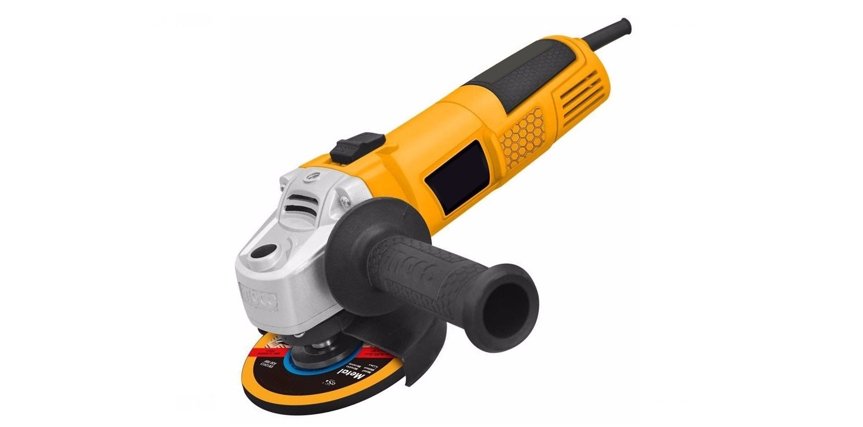
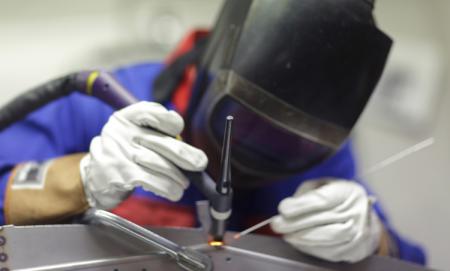
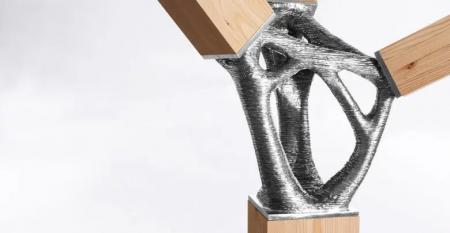




Hephaestus was the blacksmith god in Greek mythology. He forged the most powerful weapons of the gods, using nothing less than a volcano as his forge.
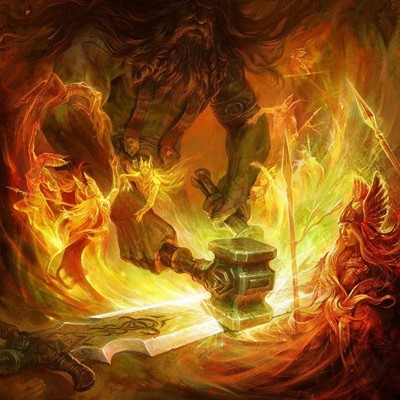
In ancient times, a blacksmith was the village craftsman who worked in a place called a "smithy," where he forged iron or steel by heating and hammering. Blacksmithing is a fundamental trade, from which other disciplines like gunsmithing and farriery have evolved.
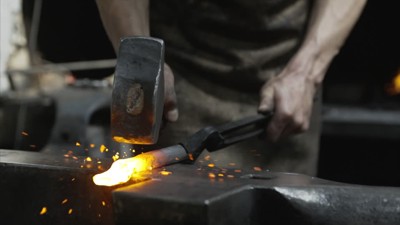
In medieval blacksmithing, a coal or wood forge was used to heat the metal until it became malleable. The blacksmith shaped the pieces on the anvil, using various tools and contraptions to create all sorts of items—kitchen utensils, gates, farming tools, sculptures, candlesticks, bells, and more.
Today, this technique is known as Artisanal Blacksmithing.

Iron became a crucial and decisive element in armed conflicts, as each civilization's ability to master metal could tip the battlefield with devastating consequences. The history of blacksmithing is not easy to trace, since it had multiple origins scattered across the world. Vikings, Romans, Egyptians, Chinese, and Japanese among other ancient civilizations share common historical patterns: every major innovation would eventually find its way into military applications.

From the sublime katana of the Samurai warriors of Japan to the full armor of a medieval knight, these objects are a testament to how political and martial demands have fostered the refinement of blacksmithing techniques, resulting in stunning creations as beautiful as they are lethal.
The specialists in this discipline were known as "armorsmiths" (armor makers, specifically in medieval contexts), "bladesmiths" (smiths specialized in forging swords and knives), "swordsmiths" (more specifically, sword makers), and "weaponsmiths" (makers of bladed weapons in general, such as swords, spears, etc.).

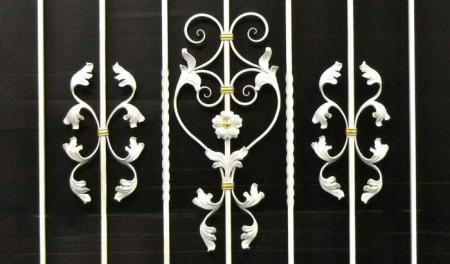

A craftsman blacksmith is someone whose trade or skill involves the manufacture of various objects using ancient forging techniques. This discipline does not use electric welding, and modern machines are scarcely employed in the work, where the creativity and craftsmanship of the artisan prevail.
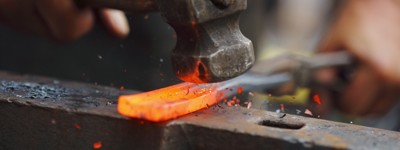
Craft blacksmithing is not the same as artistic blacksmithing. Artistic blacksmithing emphasizes design and creativity over the techniques of craftsmanship, and may even involve the use of computerized or robotic systems.
The person dedicated to shoeing horses is known as a "farrier."
To preserve the hooves or shoes of horses from wear, a U-shaped piece of iron is placed on each hoof. This piece is called a horseshoe. Historically, the farrier has been dedicated to forging horseshoes and attaching them through hot nailing.

Although in its beginnings the village blacksmith was also the farrier, the high demand for work, combined with the specialization required to improve the gait of an animal while protecting its legs in such diverse situations, led to the separation of these trades, resulting in similar but different names. Therefore, it is important to clarify that a blacksmith and a farrier are not the same.
